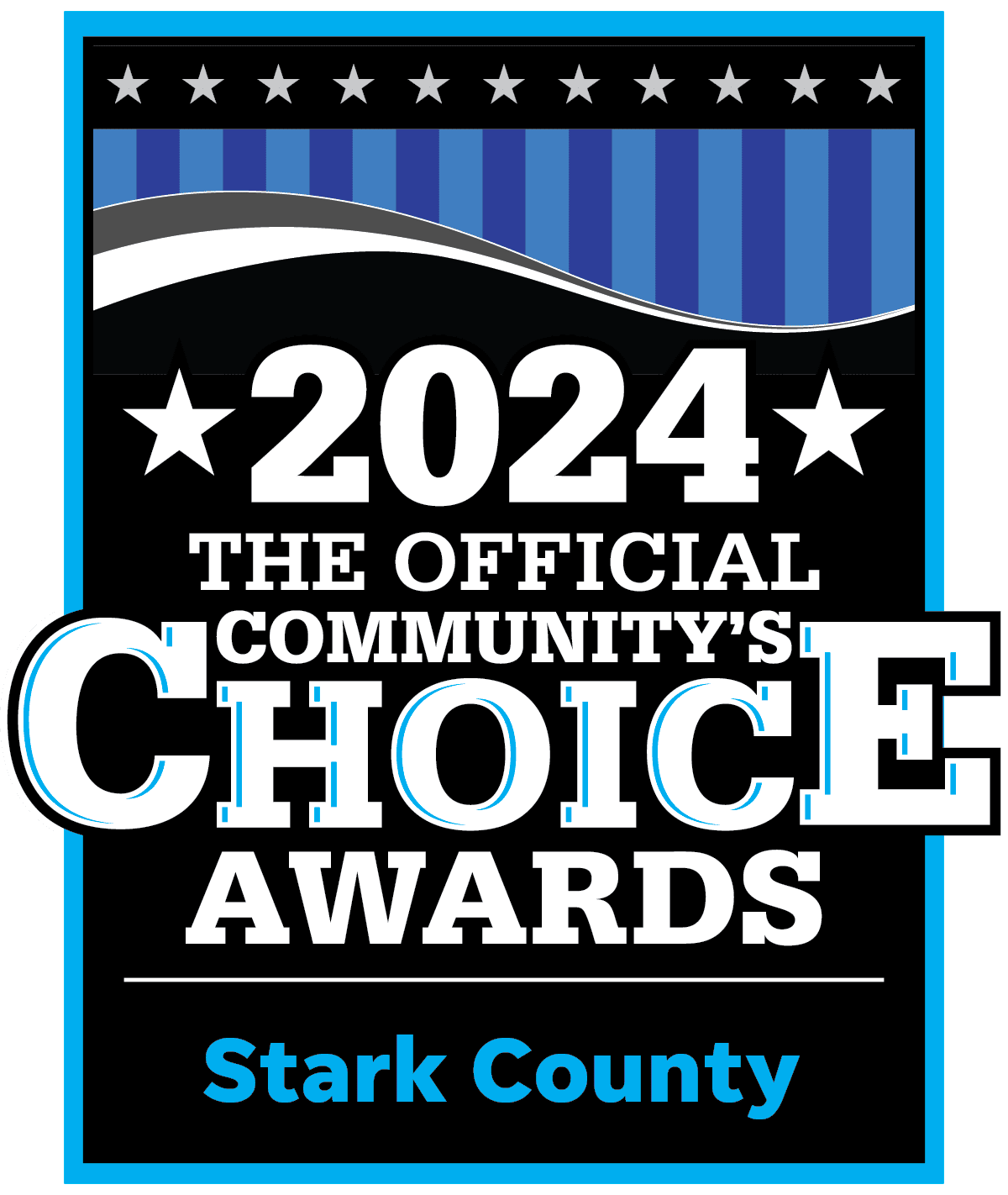How do we afford assisted living?
Assisted Living communities vary widely in cost depending on room size, services offered and other factors. Although private pay is the most common, there are other options: long-term care policies, Veteran’s Aid and Attendance Benefit, Medicaid or SSI. Tax deductions may be available for you. Be sure to ask the admissions director at your intended community for ideas on financial aid.
Fees in Assisted Living can start at $3,500 a month and increase with amenities, level of care offered and additional services provided to about $6,500 a month. Cost for residents with dementia, Alzheimer’s or other “special care” needs usually find that the monthly cost starts at $5,000 because of the additional care and attention necessary. Many communities also require a residency fee that may or may not be refundable.
The average cost for an assisted living community falls between $90 – $200 per day, compared to $250– $400 per day for a nursing home. Make sure you know what is included. The cost almost always covers room and board and meals. Ask about which services, utilities, and care are also provided in the monthly cost and the additional fees for services not provided.
Cover the Cost of Assisted Living
The cost of assisted living may be covered in several ways. You may have:
- Pension or social security to cover private pay
Private pay is the most common form of payment. You may have enough savings or income to cover the cost of assisted living. - Long term care insurance
Long-term Care Insurance Policies that cover Assisted Living can vary greatly in the conditions that they require before one is qualified to utilize their benefits and in the per diem offered. Most companies offer an assortment of policy benefits. The average benefit pays $50 to $150 a day for Assisted Living and requires that the policyholder needs assistance with at least three levels of care. You may contact our Executive Director to help you understand your policy benefits. - Veterans benefits
The Veterans Administration offers Aid and Attendance Benefit as part of an “Improved Pension” Benefit to the veteran or their surviving spouse. Veterans must have served at least one day in a foreign war period, provide required documentation and doctor’s statement of need and meet certain financial criteria to qualify. You may go to www.veteranaid.org, or download our VA Fact Sheet). Currently, a veteran is eligible for up to $1,759 per month, a couple is eligible for up to $2,085 per month, while a surviving spouse is eligible for up to $1,130 per month. - Medicaid
Beginning in July of 2006, the state of Ohio implemented the Assisted Living Medicaid Waiver Program. This program is overseen by the Ohio Department of Job and Family Services that assists with applications for Medicaid and the Area Agency on Aging. The program offers payment for Assisted Living Services and Community Transition Services. Many Assisted Living Communities require a waiting period of one or more years paying privately prior to AL Waiver Usage. The Inn at Belden Village offers a few Medicaid certified rooms but requires residents to pay privately for at least one year before participating in the AL Waiver Program. Because the state’s reimbursement to providers is below the cost of providing care for the memory impaired, very few Assisted Living Residences have certified their Memory Care rooms. - Donations or grants from nonprofit organizations
Communities that are run by nonprofits often offer discounts to those who run through their savings. Some churches will grant funds for their members in other communities. Always check with any religious or fraternal organization in which you have membership to see if they offer full or partial support if your funds run out.
Remember to Include Your Payments as a Tax Deduction
One other financial benefit to consider is the possible tax deductions for Assisted Living. Although this doesn’t pay the bills, it may keep you from paying income taxes or at least reduce them and not drain your savings.
IRS Publication 502 (2008) discusses long-term care and states, “You can include in medical expenses amounts paid for qualified long-term care services…” It goes on to further define “qualified long-term care services as “necessary diagnostic, preventive, therapeutic, curing, treating, mitigating, rehabilitative services and maintenance and personal care services.” Assisted living would generally fall under maintenance and personal care services. You may go to http://www.irs.gov/pub/irs-pdf/p502.pdf, see Possible Tax Deductions for Assisted Living or ask your tax consultant for more details or contact The Inn at Belden Village for a free copy of our Assisted Living Tax Deduction Fact Sheet.











